Home>Gardening & Outdoor>Landscaping Ideas>What Does Bent Grass Look Like
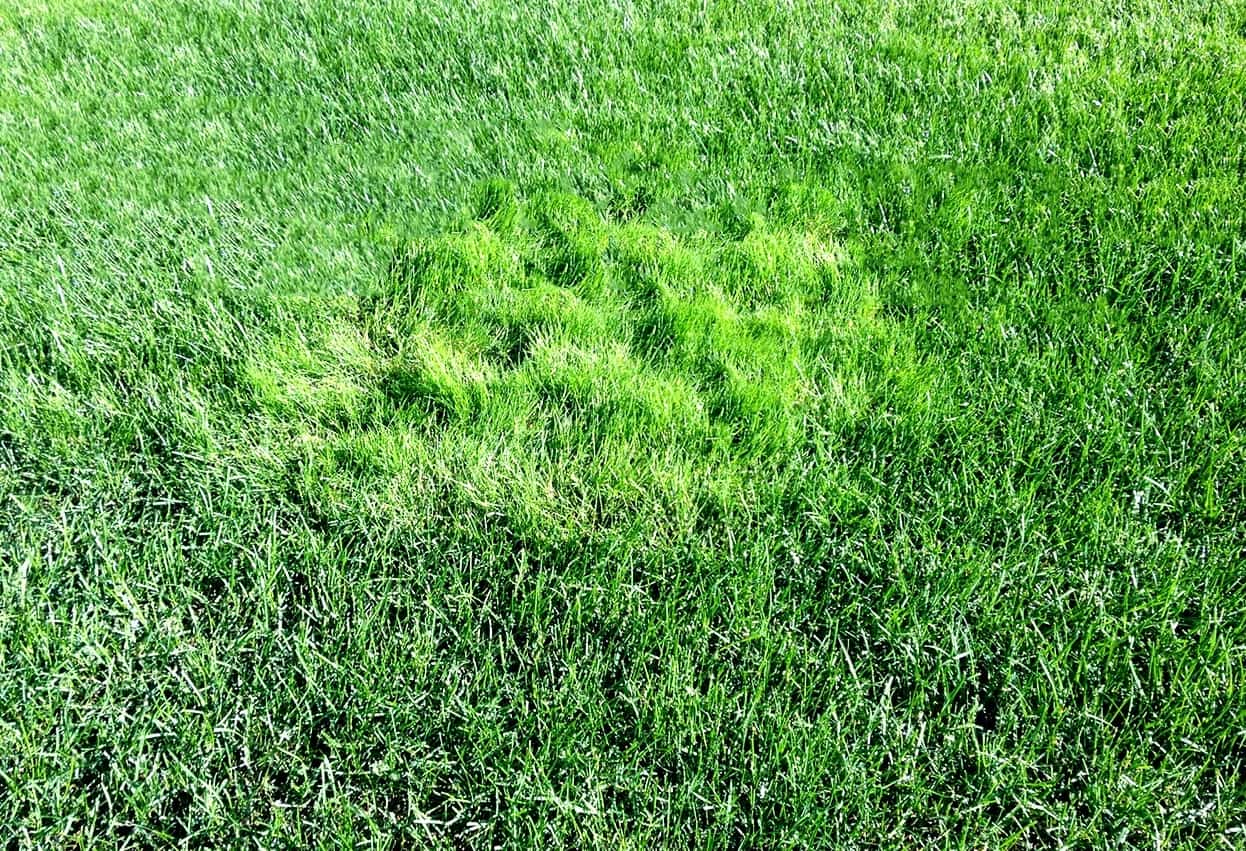

Landscaping Ideas
What Does Bent Grass Look Like
Published: January 26, 2024
Discover what bent grass looks like and get landscaping ideas to incorporate it into your lawn. Learn how to care for and maintain bent grass for a beautiful yard.
(Many of the links in this article redirect to a specific reviewed product. Your purchase of these products through affiliate links helps to generate commission for Storables.com, at no extra cost. Learn more)
**
Introduction
**
Bent grass, scientifically known as Agrostis, is a popular choice for golf courses, lawns, and athletic fields due to its fine texture and ability to create a dense, uniform turf. This versatile grass species is known for its high tolerance to low mowing heights, making it an ideal choice for areas with heavy foot traffic. Understanding the characteristics, identification, and maintenance of bent grass is essential for anyone looking to incorporate it into their landscaping or manage it effectively. In this article, we will explore the distinct features of bent grass, its common uses, and the best practices for its maintenance, providing valuable insights for both landscaping enthusiasts and professionals.
**
Key Takeaways:
- Bent grass is a fine-textured, vibrant green grass that’s perfect for golf courses and lawns. It can handle close mowing and heavy foot traffic, making it a top choice for creating lush, resilient turf.
- Bent grass is versatile and can thrive in various settings, from golf courses to residential landscapes. Its ability to withstand different light conditions and cold weather makes it a popular option for creating beautiful, year-round lawns.
Read more: What Does Crabgrass Look Like
Characteristics of Bent Grass
**
Bent grass is characterized by its fine texture, vibrant green color, and the ability to form a dense, lush turf. It is a cool-season grass that thrives in temperate climates, displaying exceptional resilience in colder regions. One of the key attributes of bent grass is its creeping growth habit, allowing it to spread and fill in bare areas, resulting in a uniform and attractive turf. This grass species exhibits excellent recuperative potential, enabling it to recover quickly from damage caused by environmental stress or heavy use.
Furthermore, bent grass is renowned for its tolerance to close mowing, making it a preferred choice for golf course putting greens and fairways. Its ability to withstand frequent mowing at low heights without compromising its visual appeal and playability sets it apart from other grass varieties. Additionally, bent grass possesses a remarkable ability to establish a dense root system, contributing to its overall durability and resistance to wear and tear.
Another notable characteristic of bent grass is its adaptability to both sun and partial shade. While it thrives in full sun conditions, it can also maintain its vigor and aesthetic appeal in areas with moderate shade, making it a versatile option for various landscaping scenarios. The fine blades of bent grass contribute to its velvety texture, creating a visually appealing and luxurious appearance that enhances the overall aesthetic of lawns and recreational surfaces.
Moreover, bent grass exhibits a high tolerance to low temperatures, allowing it to retain its vibrant green color and robust growth even during cooler seasons. This resilience to cold weather makes it an ideal choice for regions with distinct seasonal changes, where maintaining a lush and vibrant lawn throughout the year is a priority.
**
Identification of Bent Grass
**
Identifying bent grass involves recognizing its distinct features, growth patterns, and visual characteristics. One of the key identifiers of bent grass is its fine texture, which sets it apart from coarser grass varieties commonly found in lawns and landscapes. The fine blades of bent grass create a velvety appearance, contributing to its overall aesthetic appeal and luxurious feel underfoot.
When observing bent grass, one may notice its creeping growth habit, which allows it to spread laterally and form a dense, uniform turf. This growth pattern results in a tightly knit mat of grass that exhibits exceptional resilience and the ability to recover quickly from damage, making it a popular choice for high-traffic areas such as golf courses and athletic fields.
Additionally, bent grass can be identified by its vibrant green color, which remains consistent throughout the growing season, further enhancing its visual allure. The uniformity and lushness of bent grass turf contribute to its unmistakable appearance, creating a striking contrast against other grass species and adding a touch of elegance to landscapes and recreational surfaces.
Furthermore, the ability of bent grass to tolerate low mowing heights without sacrificing its density or visual appeal is a distinguishing trait that aids in its identification. This grass species is often utilized for putting greens and fairways on golf courses, where its ability to maintain a uniform, closely cropped turf enhances the playing experience and contributes to the overall aesthetics of the course.
When inspecting a lawn or landscape, one can also identify bent grass by its adaptability to both sun and partial shade. While thriving in full sun conditions, bent grass can also exhibit vigor and vibrancy in areas with moderate shade, making it a versatile choice for various environmental settings.
Overall, the identification of bent grass involves recognizing its fine texture, creeping growth habit, vibrant green color, tolerance to low mowing heights, and adaptability to different light conditions, all of which contribute to its distinctive appearance and widespread appeal in landscaping and turf management.
**
Where Bent Grass is Found
**
Bent grass is commonly found in a variety of settings, ranging from golf courses and athletic fields to residential lawns and public parks. Its adaptability to different environmental conditions and its ability to create a dense, uniform turf make it a sought-after choice for numerous landscaping applications.
One of the primary locations where bent grass thrives is on golf courses, particularly on putting greens and fairways. Its fine texture, resilience to low mowing heights, and capacity to withstand heavy foot traffic make it an ideal option for creating smooth, consistent playing surfaces that meet the exacting standards of golf enthusiasts. The ability of bent grass to provide a uniform ball roll and maintain its lush appearance contributes to the overall quality and visual appeal of golf courses, elevating the playing experience for golfers of all levels.
Furthermore, bent grass is commonly utilized in athletic fields, where its durability and ability to recover quickly from wear and tear are highly valued. Whether on soccer fields, football fields, or other sports surfaces, bent grass can withstand the rigors of athletic activities while providing a safe, resilient playing area for athletes and sports enthusiasts.
In addition to golf courses and athletic fields, bent grass is often incorporated into residential and commercial landscapes, especially in regions with temperate climates. Its fine texture, vibrant color, and adaptability to different light conditions make it an attractive choice for lawns, parks, and recreational areas. The ability of bent grass to create a lush, velvety turf adds a touch of elegance to outdoor spaces, enhancing the overall aesthetic appeal of residential properties and public parks.
Moreover, bent grass can be found in areas with distinct seasonal changes, as it exhibits resilience to cold temperatures and maintains its vibrant green color throughout the year. This makes it a suitable option for regions where maintaining an attractive lawn during cooler seasons is a priority, further expanding its presence in diverse geographic locations.
Overall, bent grass is found in a wide range of settings, including golf courses, athletic fields, residential and commercial landscapes, and regions with varying climate conditions, reflecting its versatility and widespread popularity in the realm of landscaping and turf management.
**
Bent grass has fine, narrow leaves with a distinctive boat-shaped tip. It forms dense, low-growing mats and is commonly used on golf courses for its smooth, even texture.
Uses of Bent Grass
**
Bent grass is valued for its diverse applications in landscaping, sports turf management, and recreational surface enhancement. Its unique characteristics and adaptability make it an ideal choice for various purposes, ranging from creating pristine golf course greens to establishing luxurious lawns in residential settings.
One of the primary uses of bent grass is in the construction and maintenance of golf course putting greens and fairways. Its fine texture, ability to withstand low mowing heights, and capacity to provide a uniform playing surface make it a top choice for golf course superintendents and designers. The dense, velvety turf created by bent grass contributes to the smoothness and consistency of ball roll, enhancing the precision and enjoyment of the golfing experience.
Furthermore, bent grass is utilized in the development of athletic fields, including soccer fields, football fields, and baseball diamonds. Its resilience to heavy use, quick recovery from damage, and capacity to withstand the demands of athletic activities make it an excellent option for creating safe, durable playing surfaces for athletes and sports enthusiasts. The ability of bent grass to maintain its lush appearance and structural integrity under intense athletic use contributes to the overall quality and safety of sports fields.
In addition to golf courses and athletic fields, bent grass is commonly employed in residential and commercial landscapes to create visually stunning lawns and recreational areas. Its fine blades, vibrant green color, and adaptability to different light conditions make it an attractive choice for enhancing the aesthetic appeal of outdoor spaces. Whether used in private residences, public parks, or corporate campuses, bent grass adds a touch of luxury and elegance to landscapes, elevating the overall ambiance of the surroundings.
Moreover, bent grass is utilized in regions with cooler climates, where its resilience to low temperatures and ability to maintain a vibrant green color throughout the year make it an ideal option for maintaining attractive lawns during colder seasons. This further expands its usage in areas where year-round visual appeal and functionality of outdoor spaces are essential.
Overall, the uses of bent grass encompass a wide spectrum of applications, including golf course construction, sports field development, landscape enhancement, and year-round lawn maintenance, highlighting its versatility and value in diverse landscaping and turf management contexts.
**
Read more: What Does Grass Allergy Look Like
Maintenance of Bent Grass
**
Proper maintenance is essential for ensuring the health, appearance, and performance of bent grass in various landscaping and turf management settings. From mowing and irrigation to fertilization and pest control, implementing effective maintenance practices is crucial for maximizing the resilience and visual appeal of bent grass surfaces.
One of the key aspects of bent grass maintenance is mowing, which requires careful attention to mowing heights and frequency. For golf course putting greens, maintaining a low mowing height is essential to achieve the desired playing characteristics and visual aesthetics. Regular mowing at precise heights helps promote dense, uniform turf and contributes to the overall quality of the playing surface. Additionally, maintaining consistent mowing patterns and sharp mower blades is crucial for minimizing stress on the grass and ensuring a clean, professional appearance.
Furthermore, irrigation plays a critical role in the maintenance of bent grass, particularly in regulating soil moisture levels and promoting healthy growth. Proper watering practices, including deep and infrequent irrigation to encourage deep root development, are essential for sustaining the vigor and resilience of bent grass turf. Additionally, monitoring soil moisture levels and adjusting irrigation schedules based on environmental conditions and seasonal changes is vital for preventing drought stress and promoting optimal turf health.
In addition to mowing and irrigation, fertilization is an integral part of bent grass maintenance, contributing to its overall nutrition and vitality. Applying balanced fertilizers at appropriate times and rates helps sustain the lush green color, density, and recuperative potential of bent grass. Furthermore, incorporating soil testing and customized fertilizer programs based on specific nutrient requirements enhances the effectiveness of fertilization practices, supporting the long-term health and performance of bent grass turf.
Pest and disease management is another crucial aspect of bent grass maintenance, involving proactive monitoring and targeted control measures to safeguard turf health. Implementing integrated pest management strategies, including cultural practices and selective pesticide applications, helps mitigate the impact of pests and diseases while minimizing environmental impact and preserving the natural balance of the ecosystem.
Overall, the maintenance of bent grass requires a comprehensive approach that encompasses precise mowing, strategic irrigation, balanced fertilization, and proactive pest and disease management. By implementing effective maintenance practices, landscaping professionals and turf managers can uphold the beauty and functionality of bent grass surfaces, ensuring their longevity and performance in diverse environmental settings.
**
Conclusion
**
Bent grass, with its fine texture, resilience, and adaptability, stands as a versatile and sought-after choice for a wide array of landscaping and turf management applications. From creating immaculate golf course greens to enhancing the visual appeal of residential lawns, bent grass has established itself as a premier option for those seeking lush, vibrant turf with exceptional performance characteristics.
The distinct characteristics of bent grass, including its fine texture, vibrant green color, and ability to withstand low mowing heights, make it an ideal choice for golf courses, athletic fields, and various landscape settings. Its creeping growth habit and quick recuperative potential further contribute to its appeal, allowing it to create dense, uniform turf in high-traffic areas while swiftly recovering from wear and tear.
Moreover, the widespread presence of bent grass in golf courses, athletic fields, residential landscapes, and regions with cooler climates underscores its adaptability and value across diverse environments. Its ability to thrive in different light conditions and maintain its lush appearance throughout the year further enhances its appeal and applicability in various geographic settings.
Effective maintenance practices, including precise mowing, strategic irrigation, balanced fertilization, and proactive pest and disease management, are essential for preserving the health, aesthetics, and functionality of bent grass surfaces. By implementing these maintenance strategies, landscaping professionals and turf managers can ensure the longevity and performance of bent grass, allowing it to continue enriching outdoor spaces and recreational surfaces with its beauty and resilience.
In conclusion, bent grass stands as a testament to the intersection of beauty and functionality in landscaping, offering a blend of visual allure and performance excellence that enriches golf courses, athletic fields, and landscapes worldwide. Its adaptability, resilience, and timeless appeal position it as a staple in the realm of turf management, contributing to the creation of captivating outdoor environments and enhancing the experiences of individuals who interact with its lush, velvety turf.
Frequently Asked Questions about What Does Bent Grass Look Like
Was this page helpful?
At Storables.com, we guarantee accurate and reliable information. Our content, validated by Expert Board Contributors, is crafted following stringent Editorial Policies. We're committed to providing you with well-researched, expert-backed insights for all your informational needs.
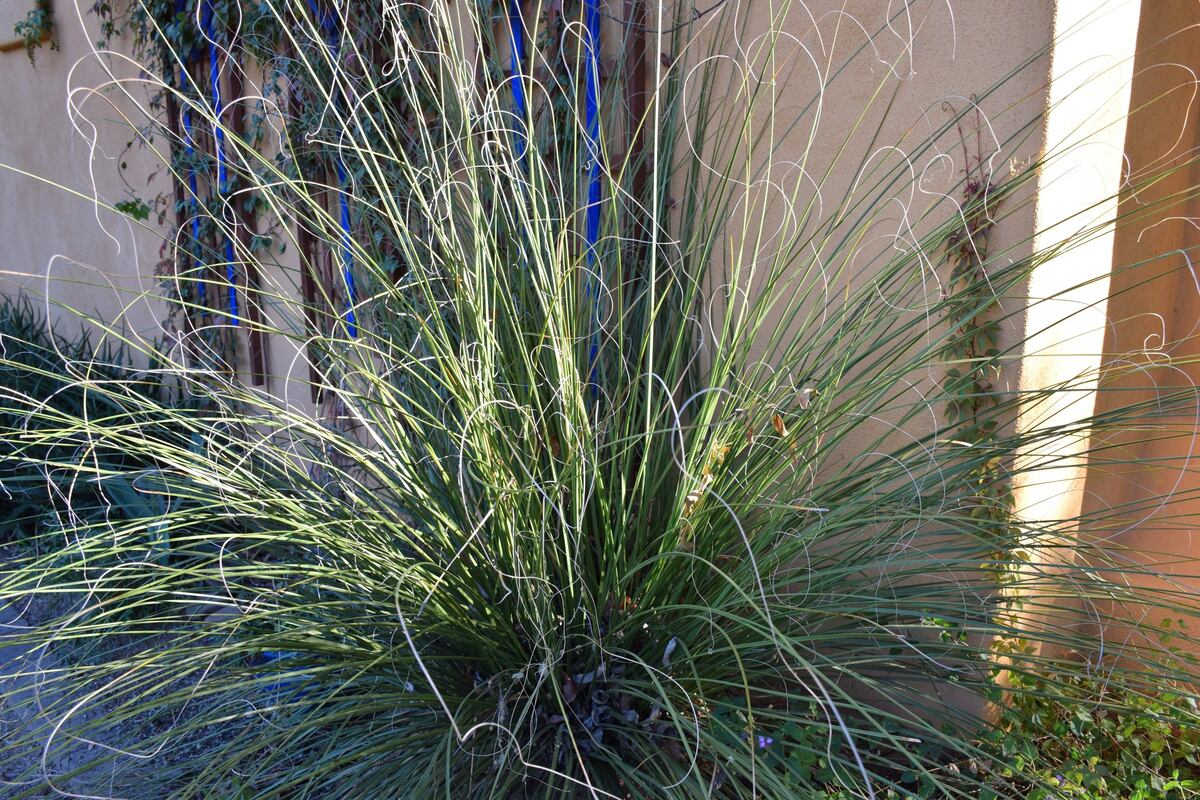
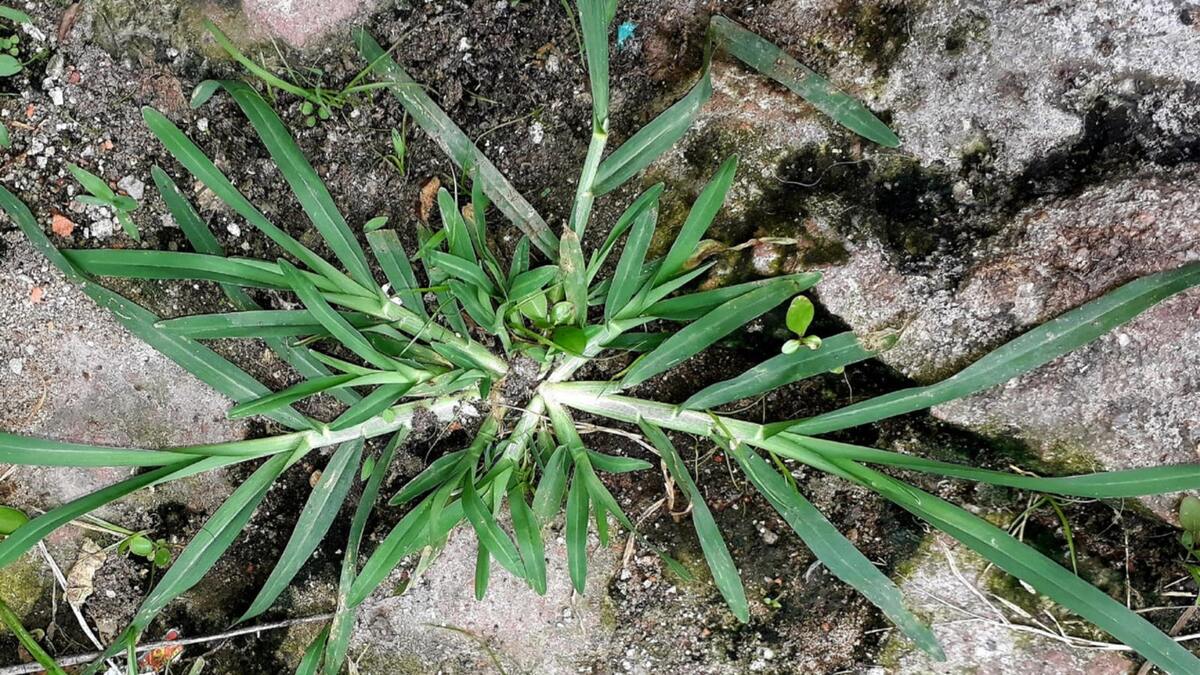
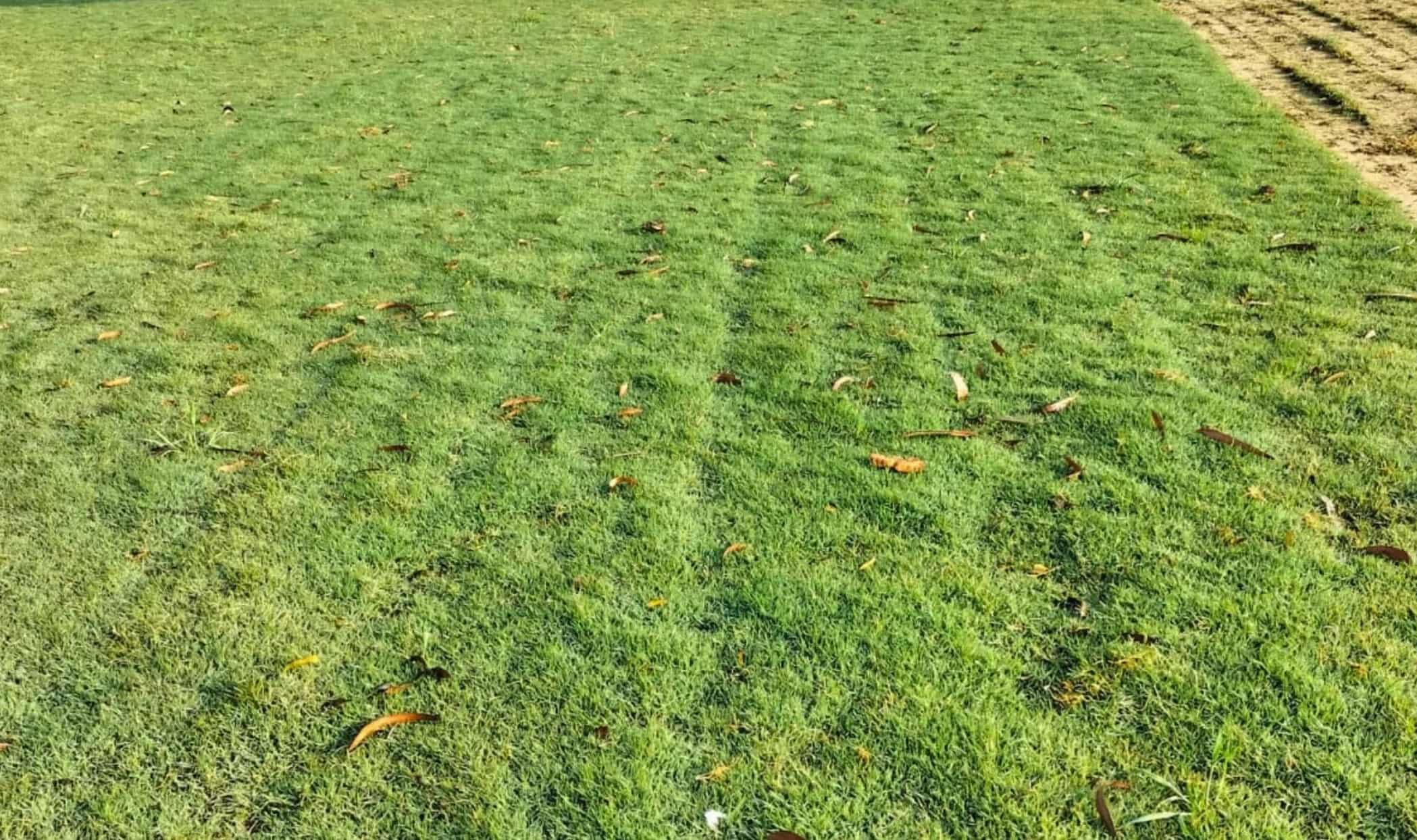
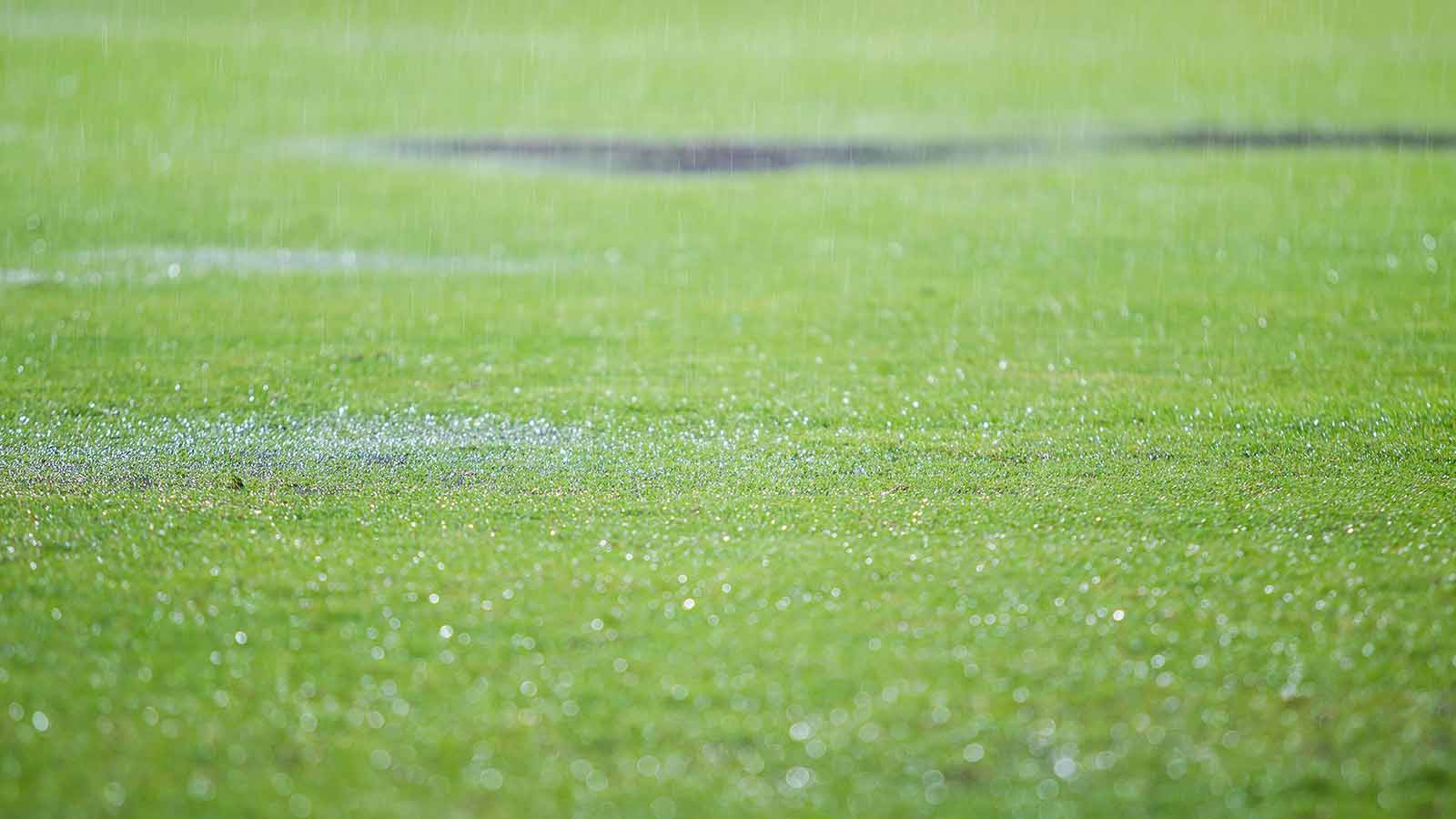
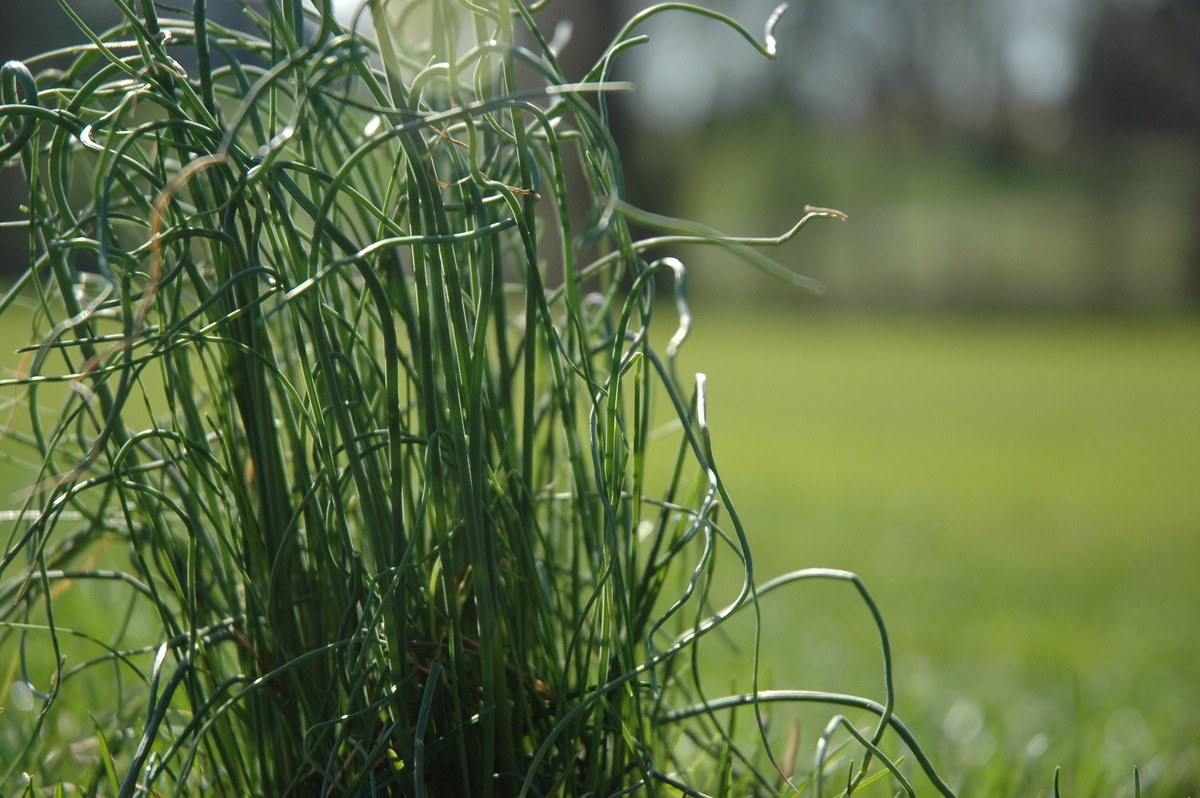
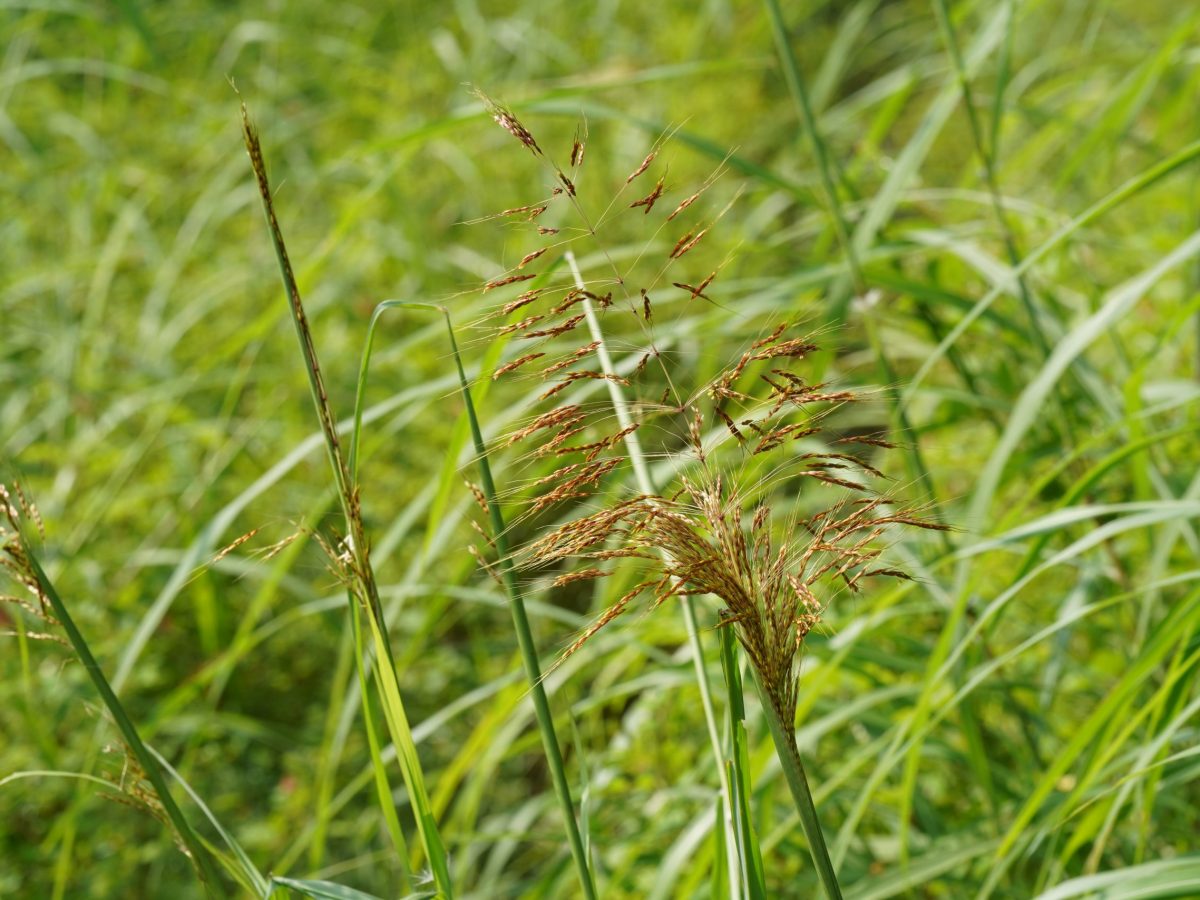
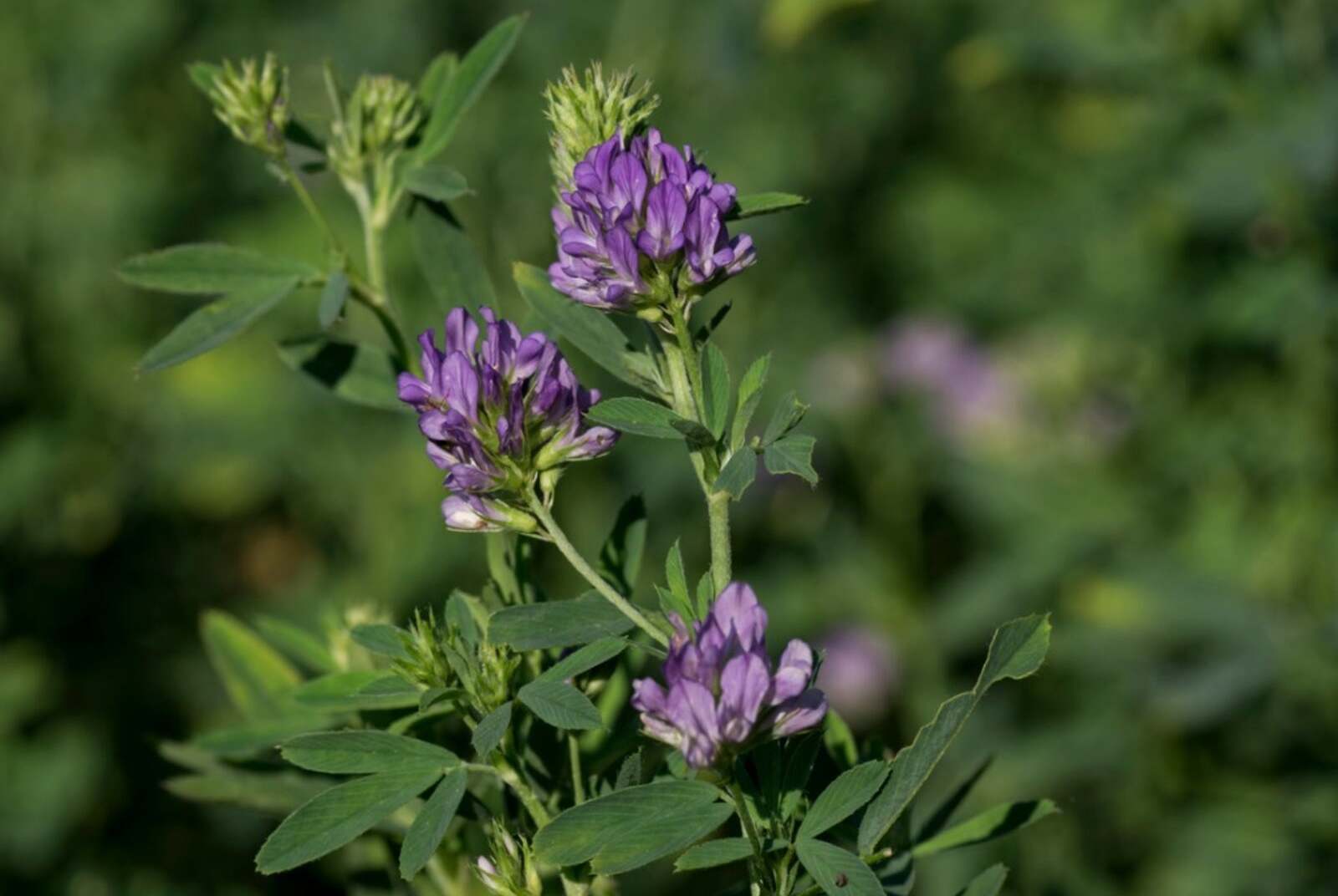
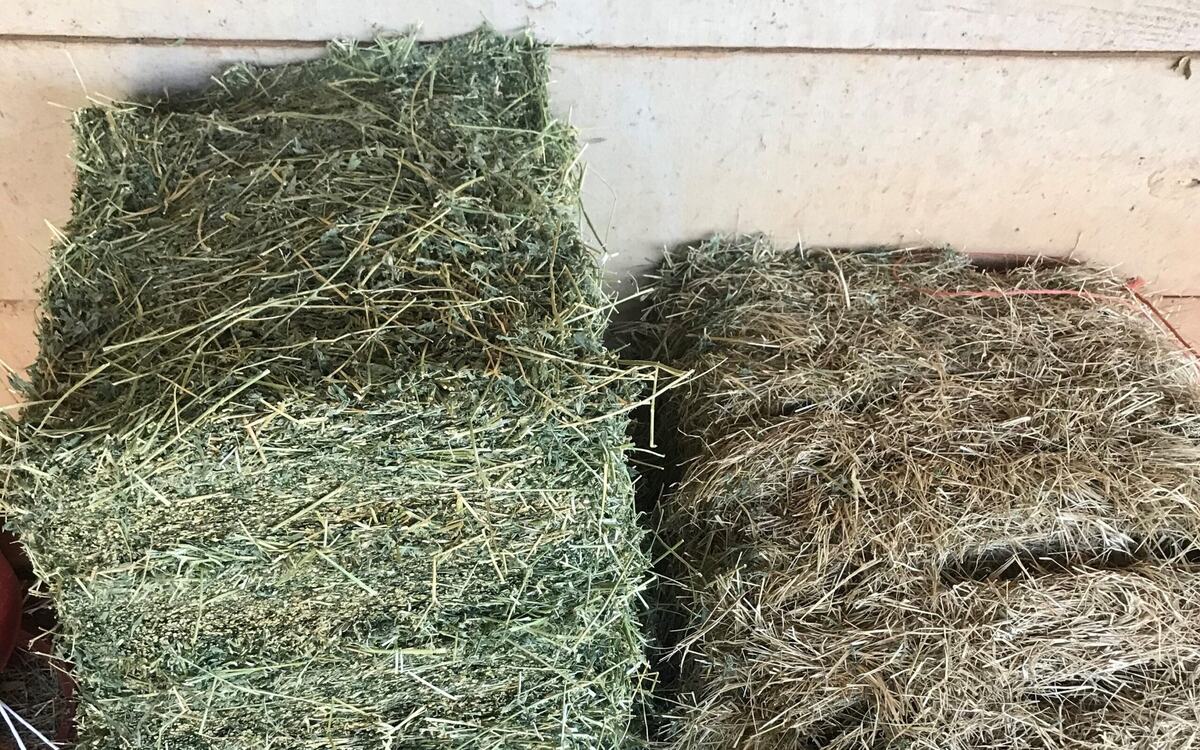
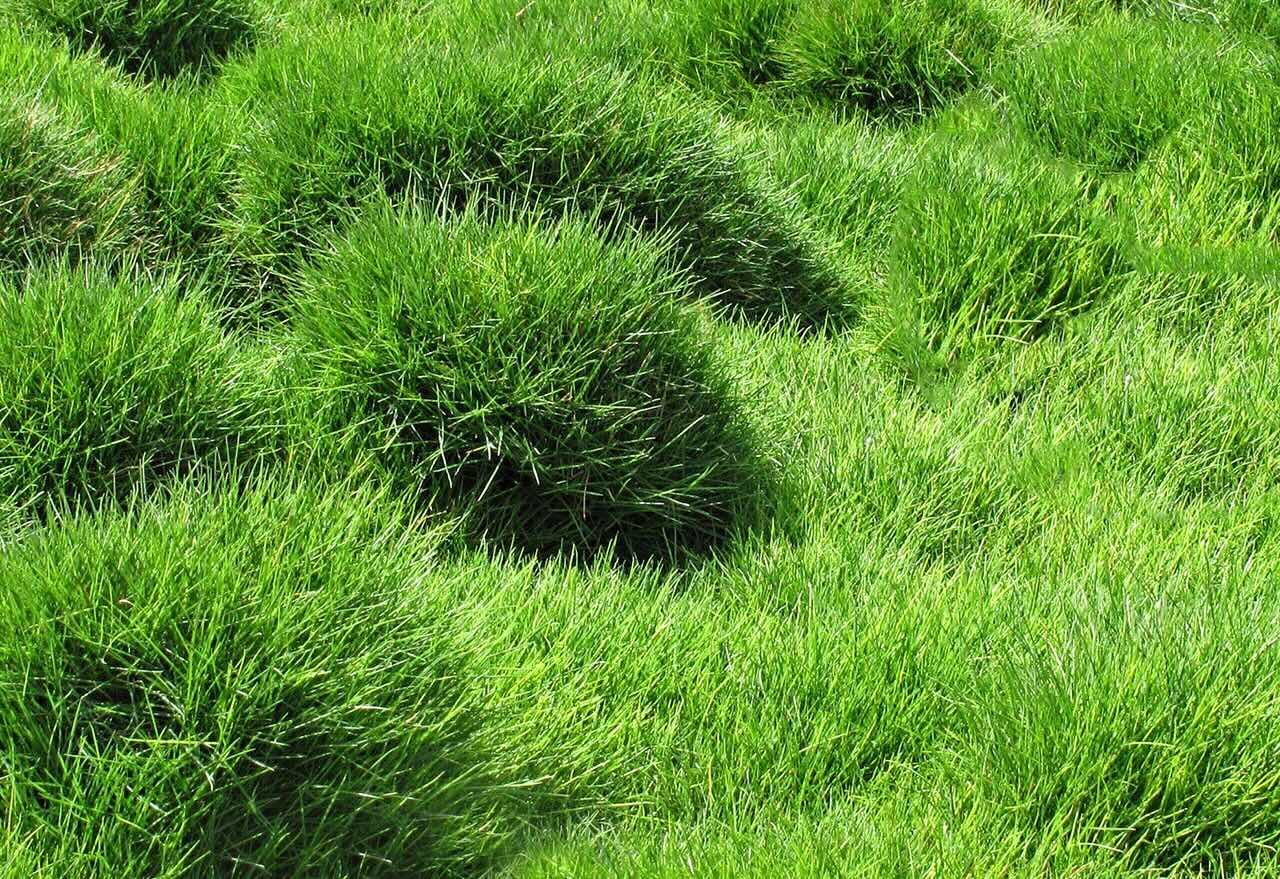
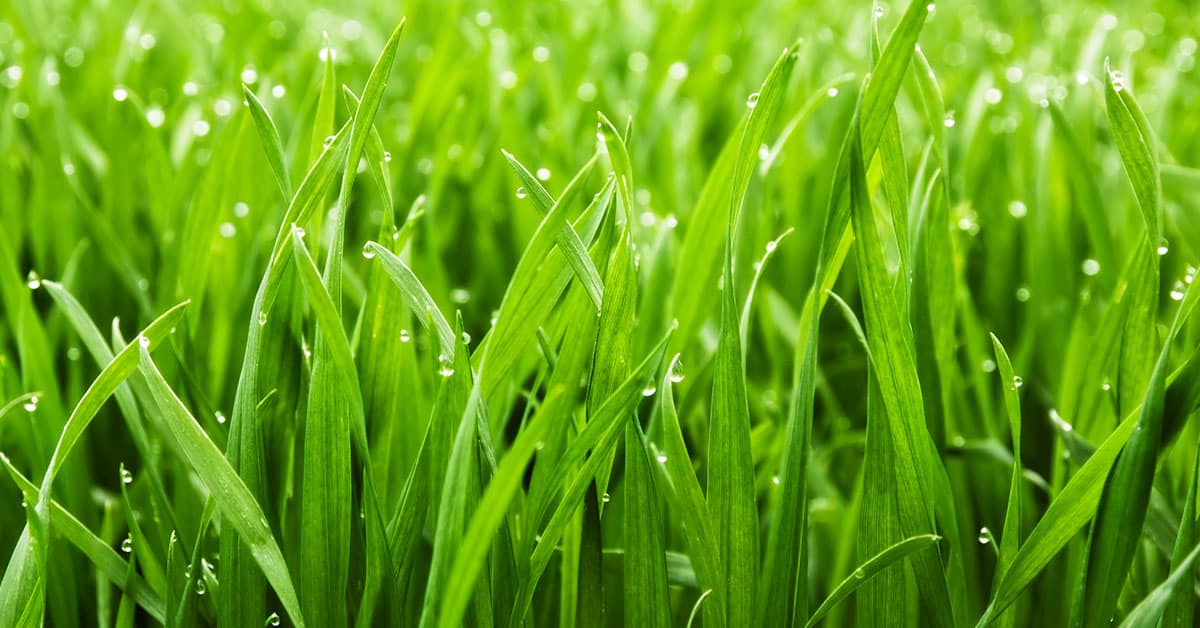
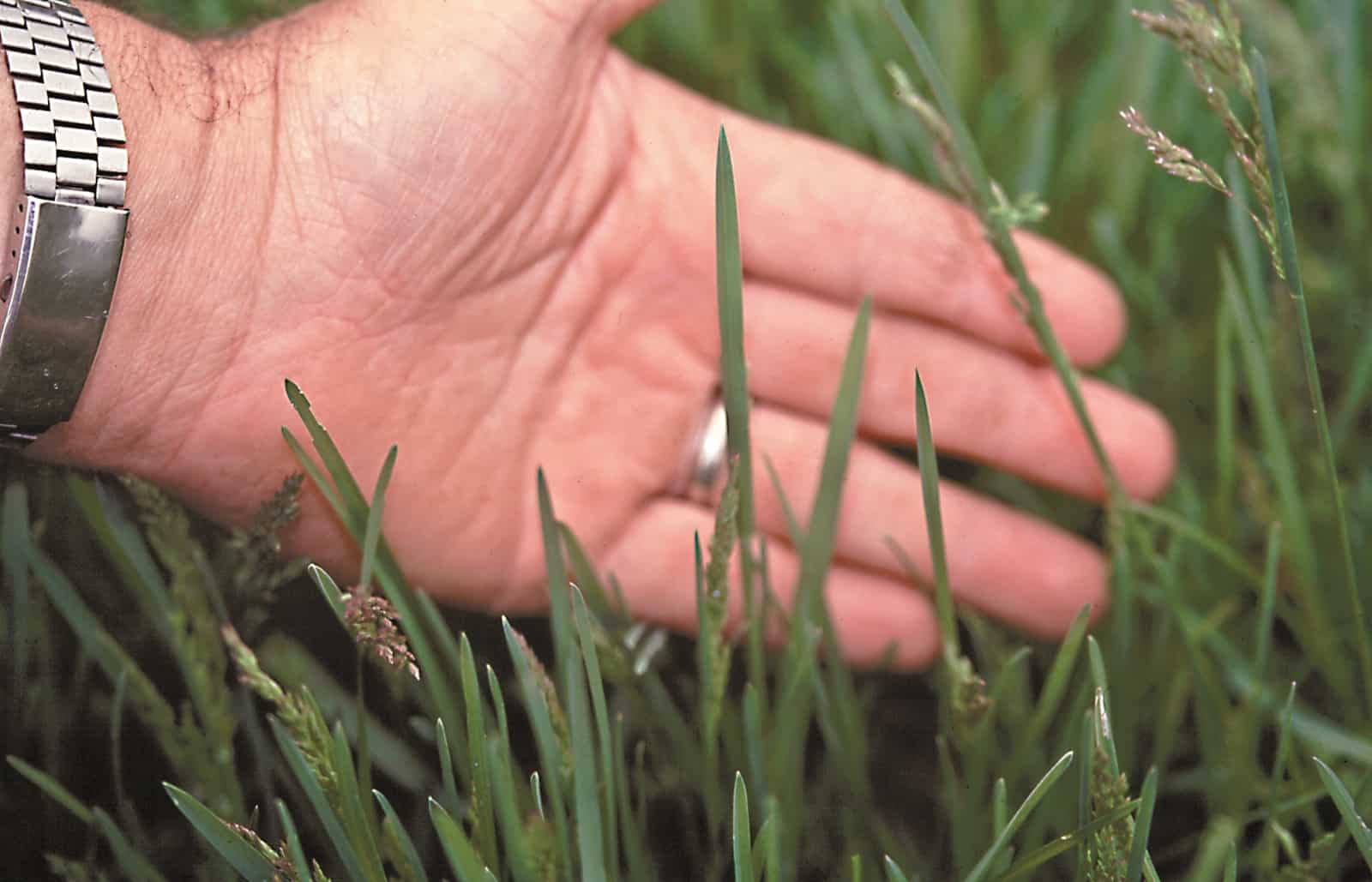
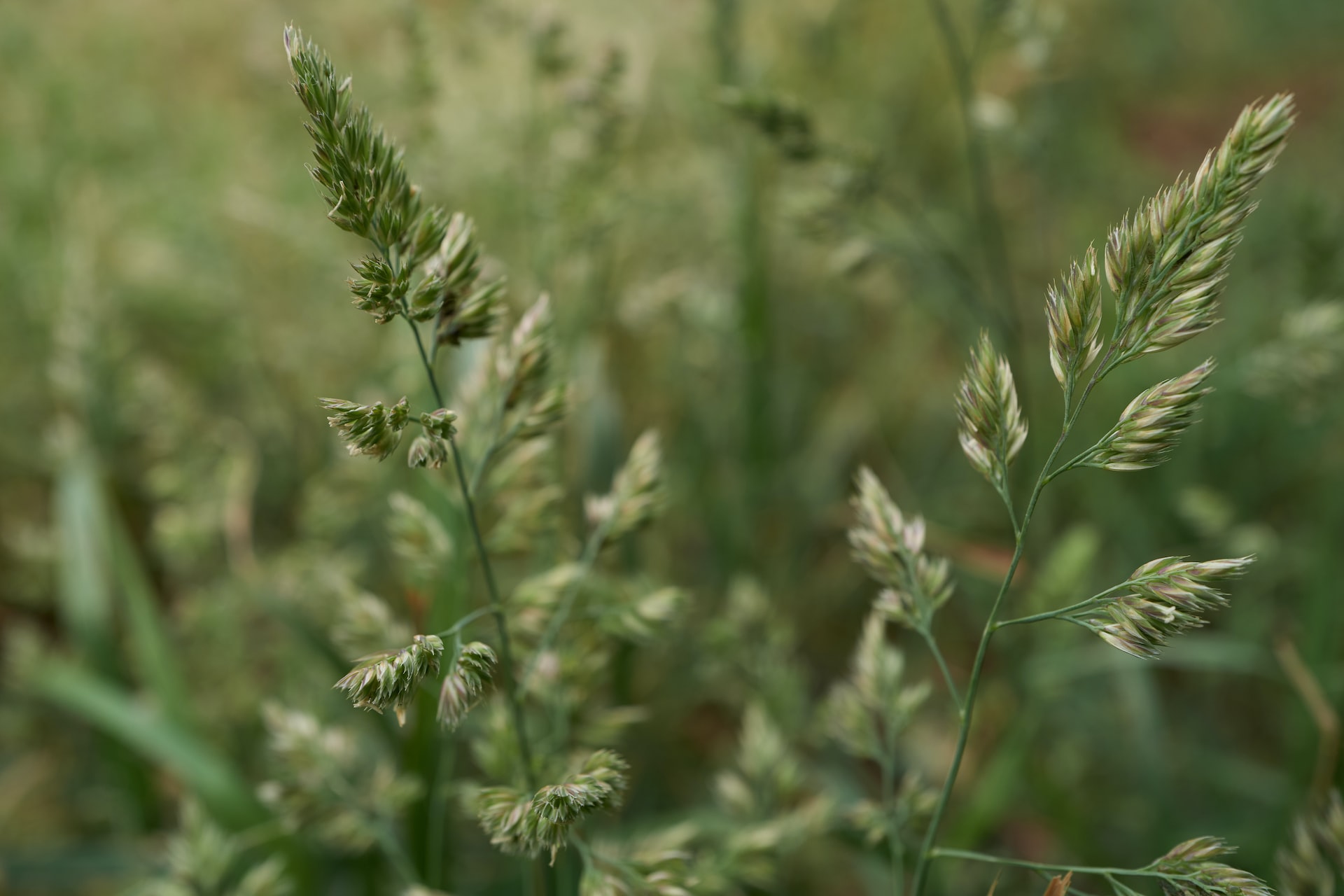
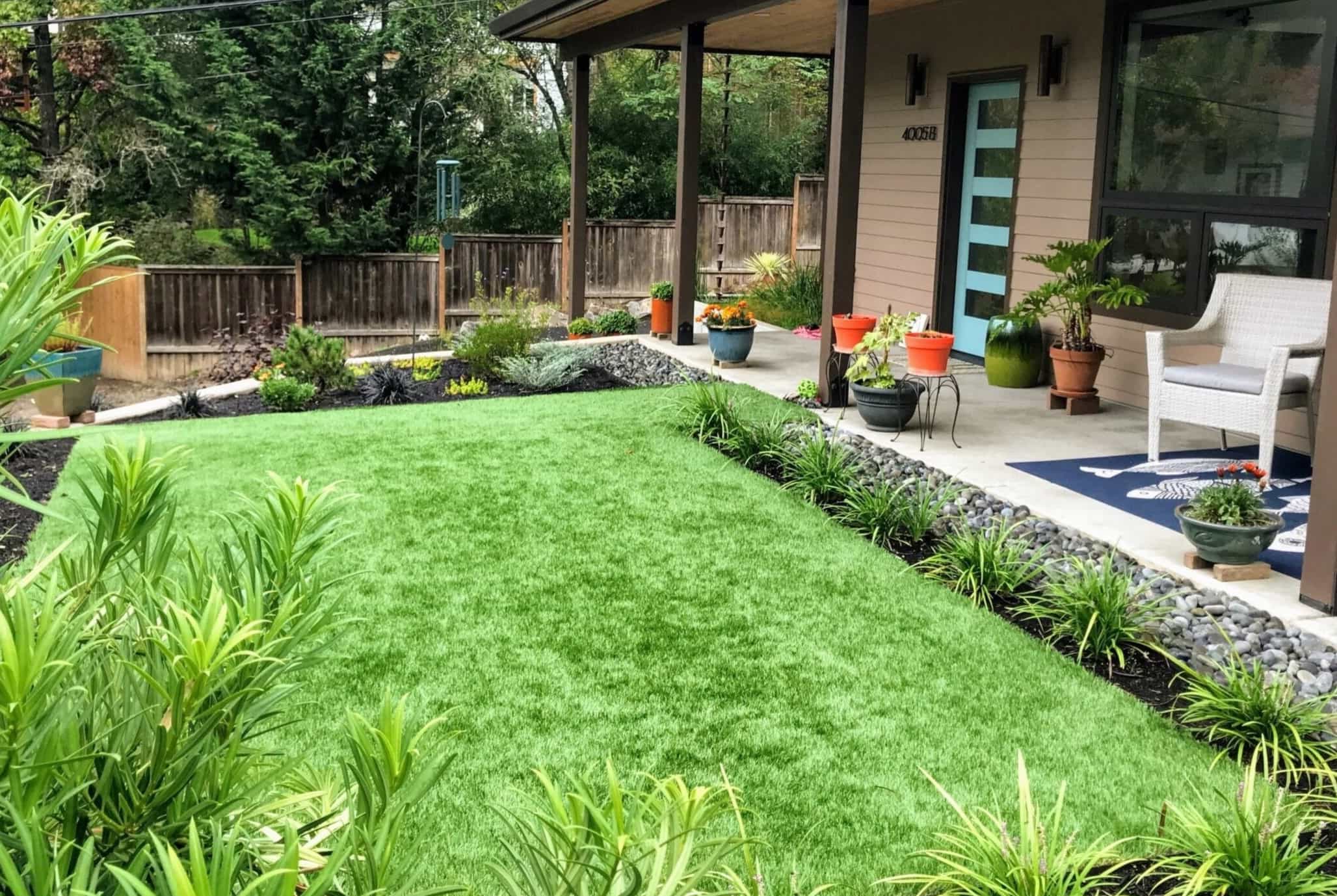
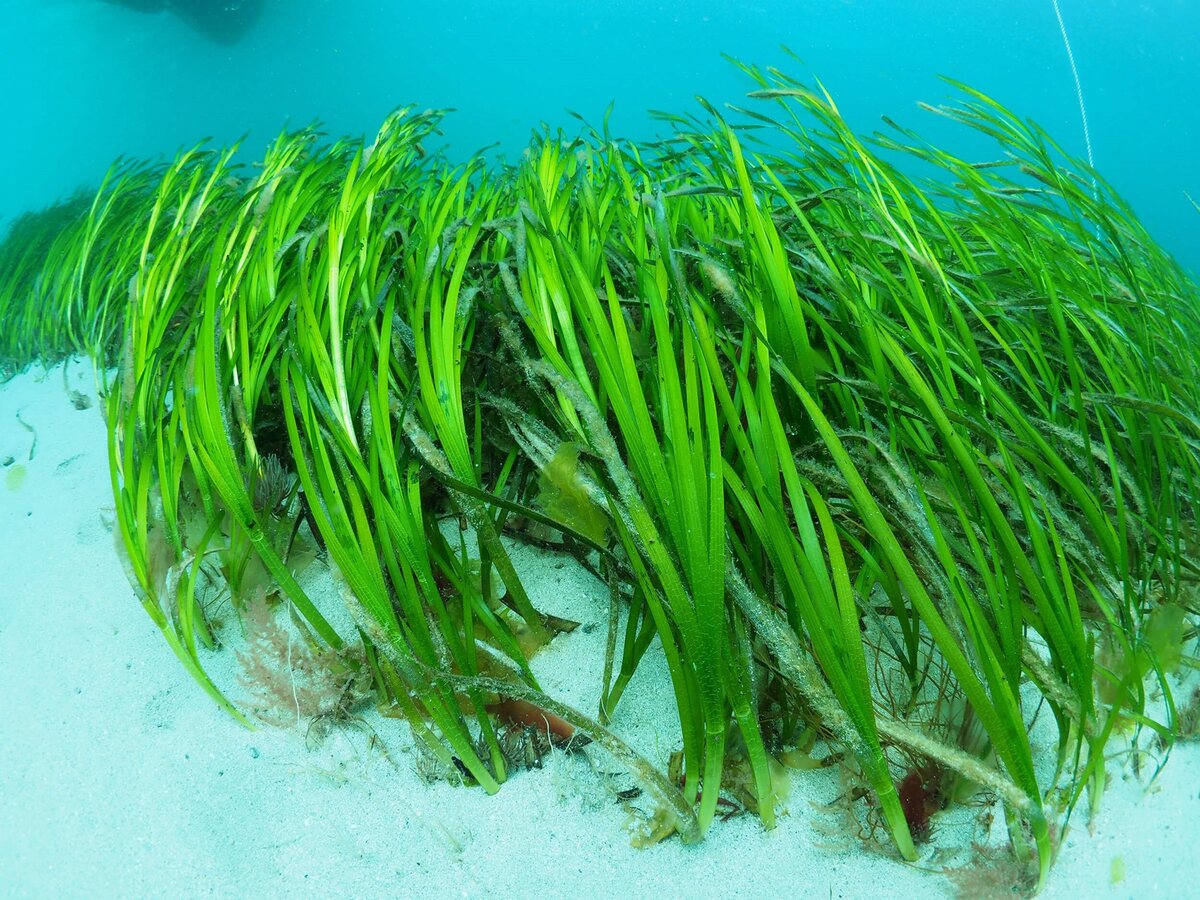

0 thoughts on “What Does Bent Grass Look Like”